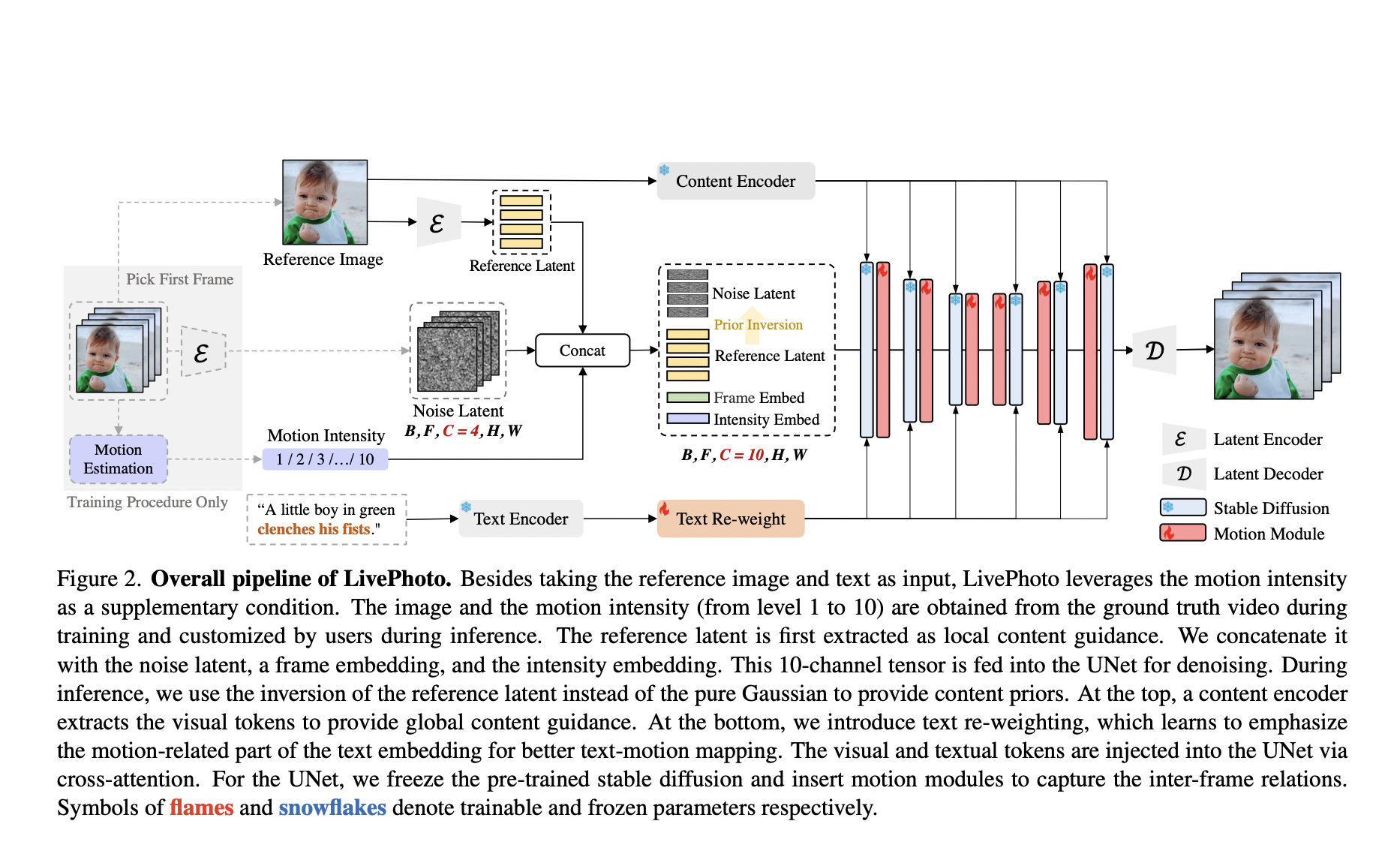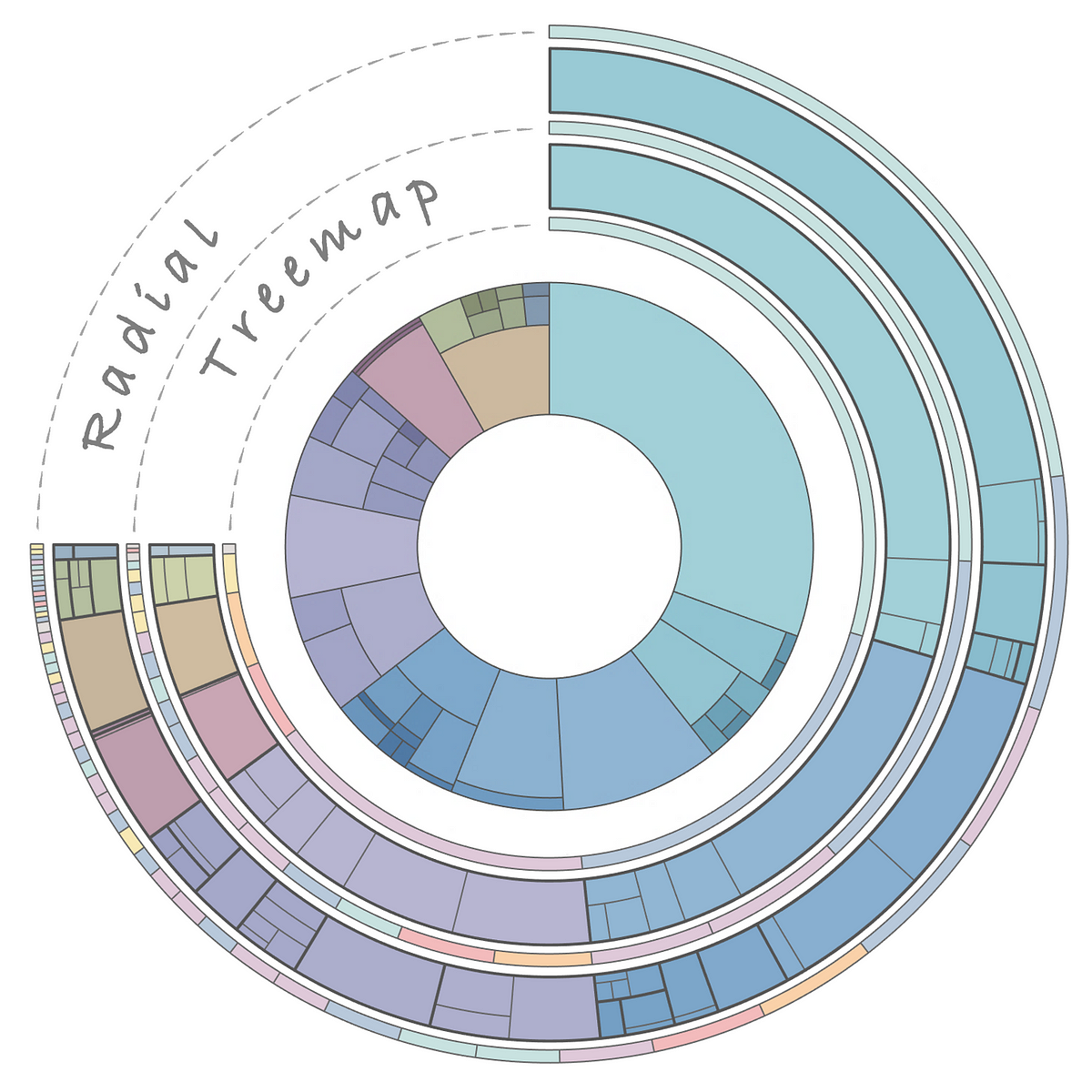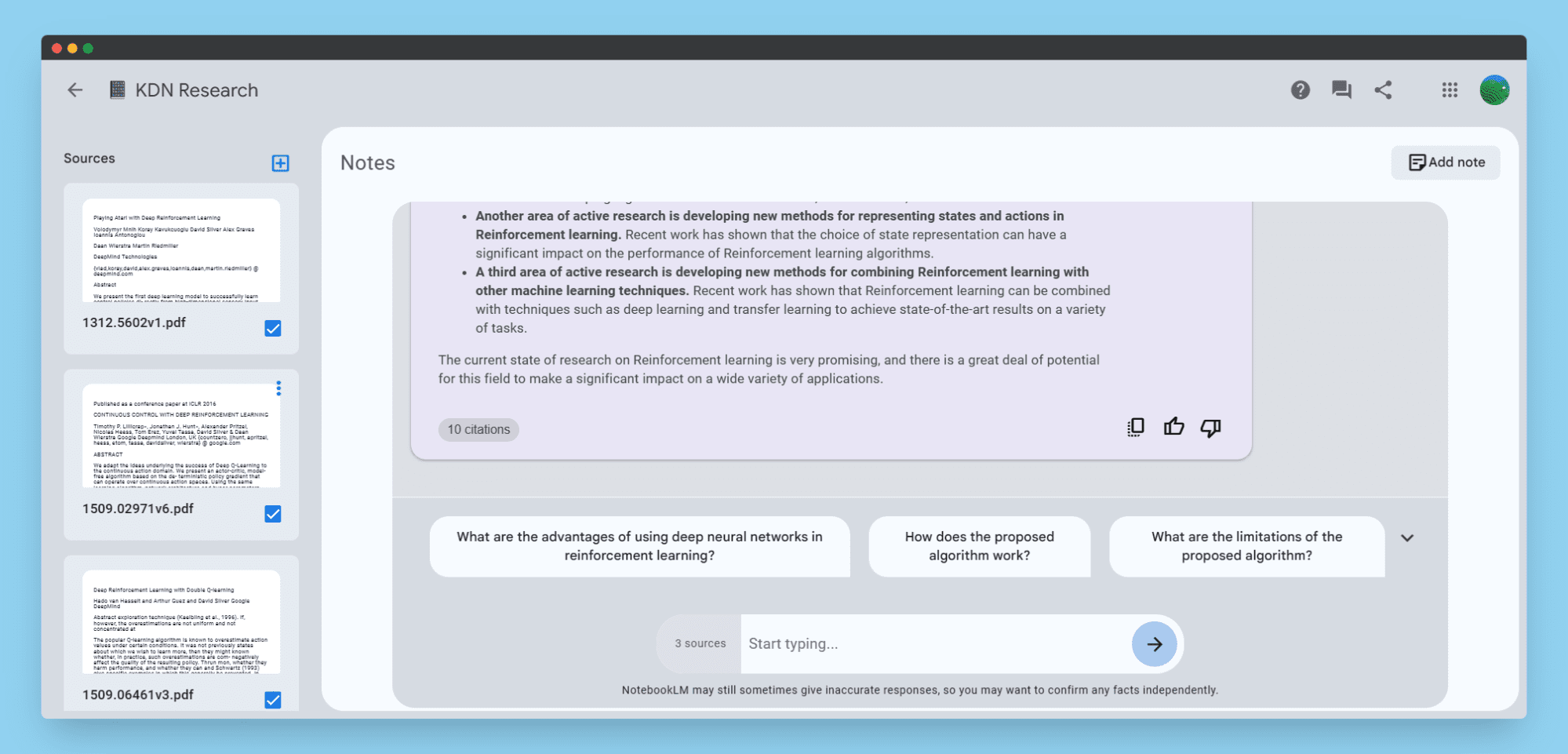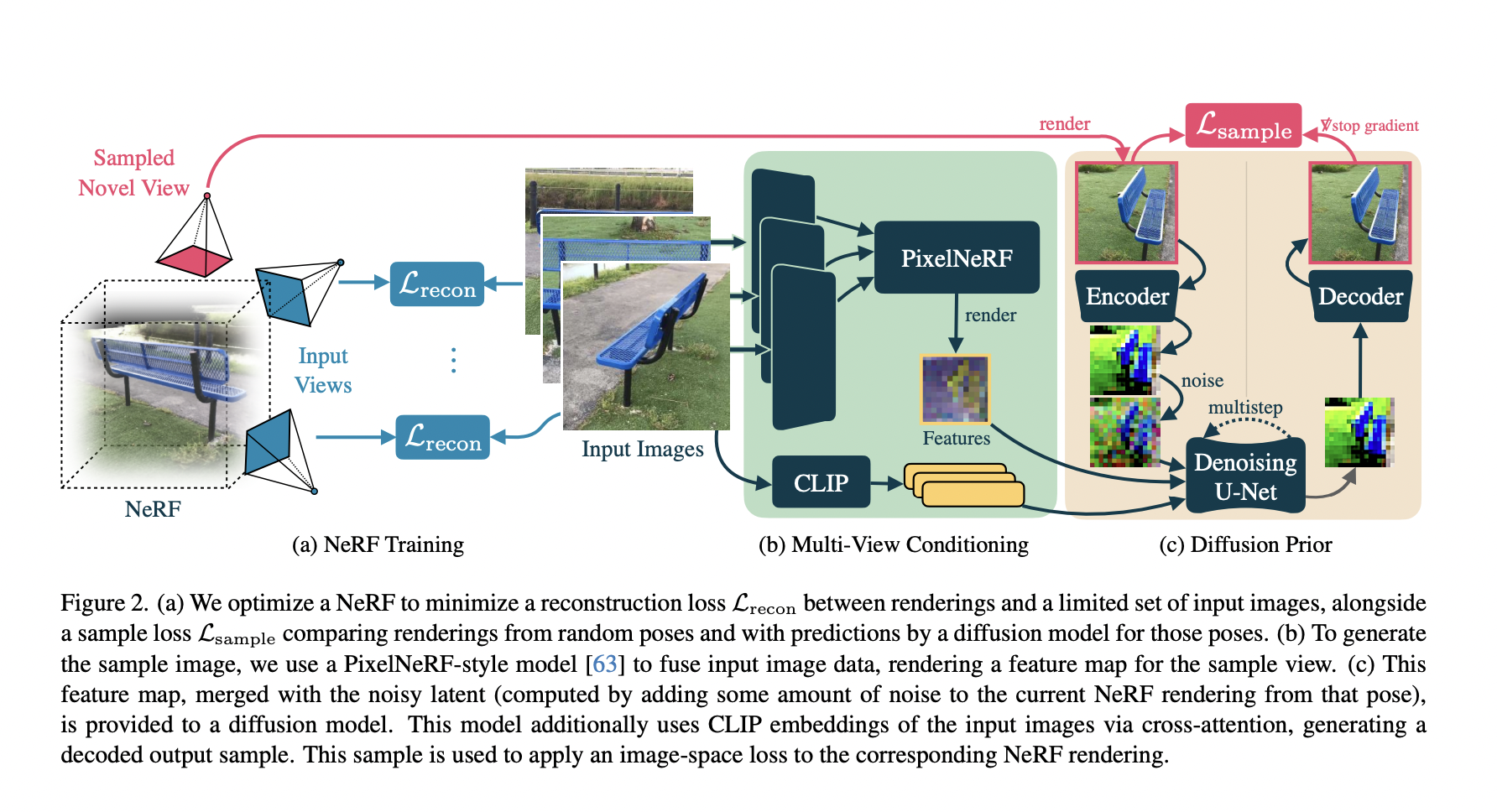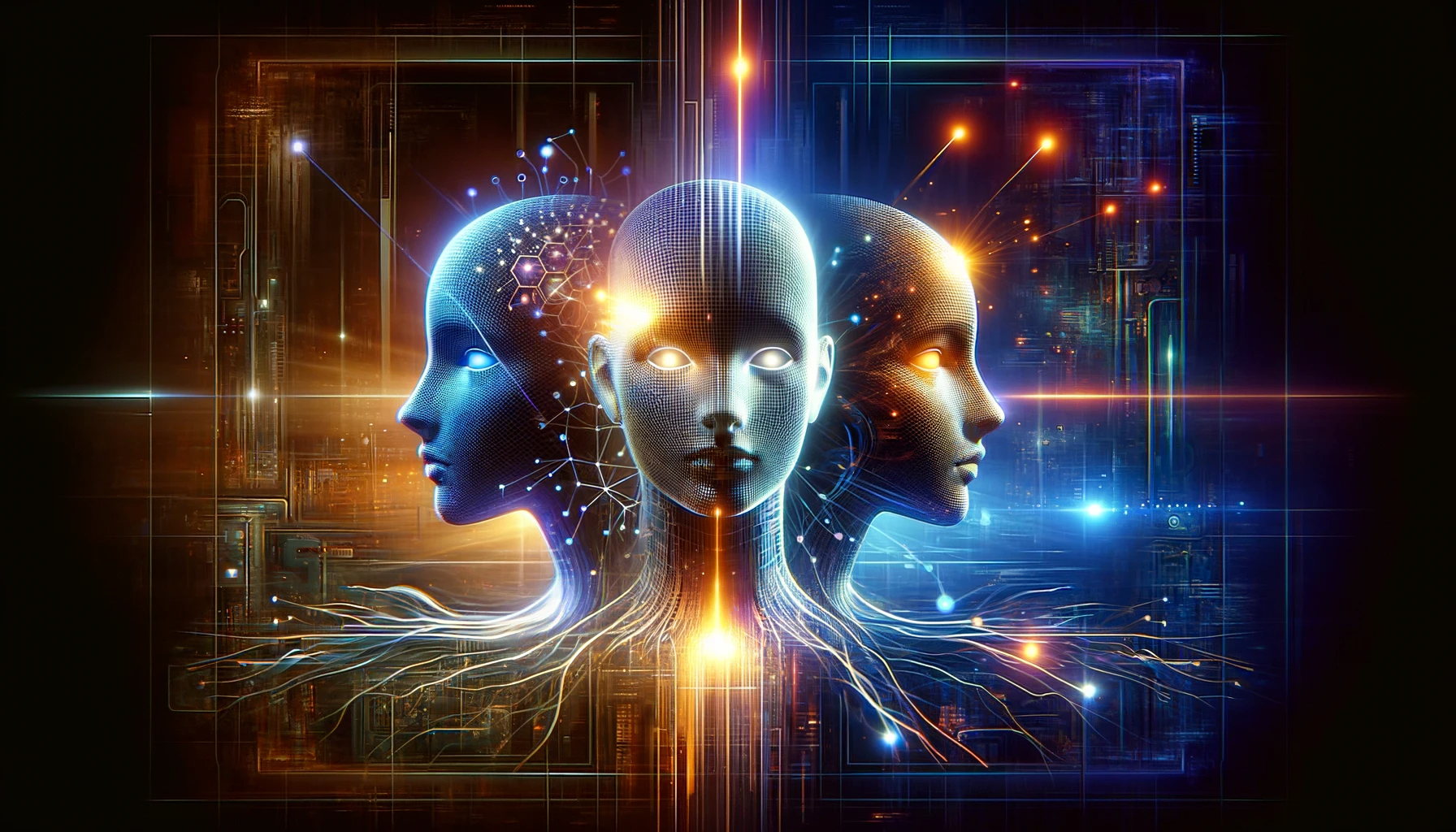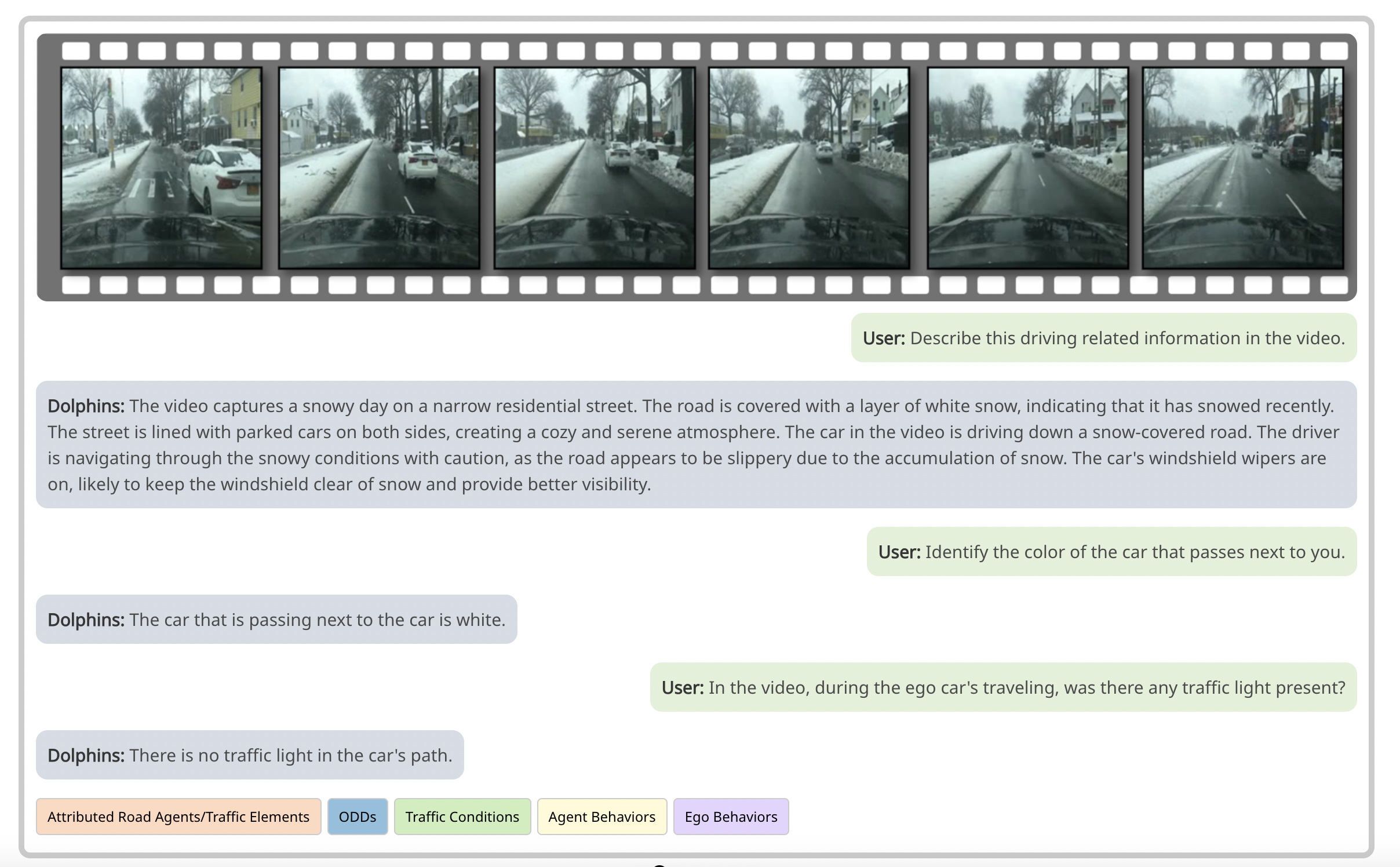The researchers from The University of Hong Kong, Alibaba Group, and Ant Group developed LivePhoto to solve the issue of temporal motions being overlooked in current text-to-video generation studies. LivePhoto enables users to animate images with text descriptions while reducing ambiguity in text-to-motion mapping.
The study addresses limitations in existing image animation methods by presenting…
